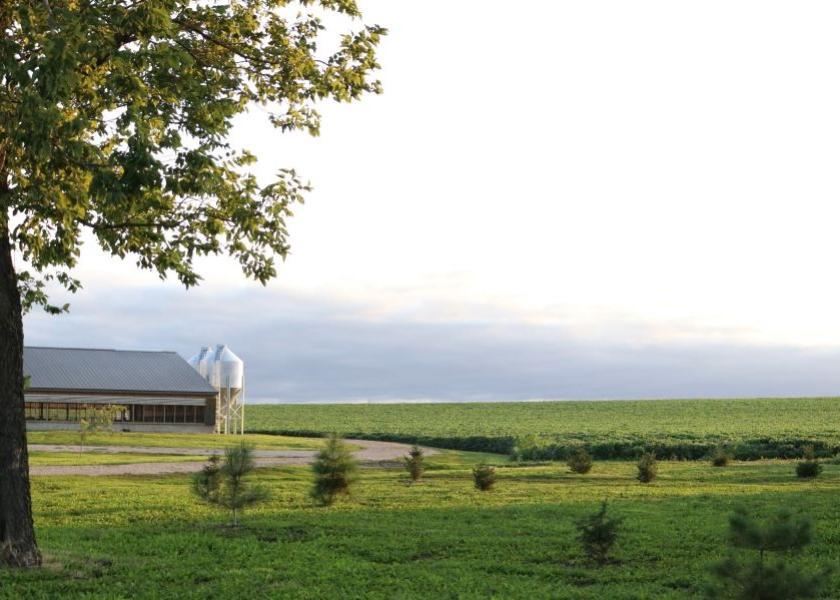Biosecurity in the U.S. Pork Industry: Are the Gaps Opening?

Is the U.S. pork industry becoming lax about biosecurity?
“We've been able to stay free of African swine fever (ASF) so far,” says Cassandra Jones, professor of animal sciences at Kansas State University. “One of my concerns is if we can continue to do so. When we knew China was breaking, and it was going all over Southeast Asia and spreading rampantly, there were a lot of producers that really stepped up their biosecurity and buttoned down the hatches.”
But now she is concerned that the industry is starting to slip into some of those old habits when the country was almost to the “pre-ASF-breaking in Asia stage.”
“Regardless of what study we look at, it still supports that we need to be as committed to biosecurity on the feed side, on the pig side, on the show side, as what we were two years ago,” she says. “Honestly, I don't see us being there anymore. I think that it opens up the opportunity for some gaps that we had previously closed.”
Where are the Gaps?
Jones says it was helpful for her, as a researcher, to attend the World Pork Expo in Des Moines in June.
“As researchers, sometimes we get very insular. Lately, we've been all about ASF – that's what the industry wants us to focus on,” she says.
But this year at World Pork Expo, she says all of the questions she received centered around the new strain of porcine reproductive and respiratory syndrome (PRRS) and biosecurity protocols to prevent an outbreak of that disease.
“That was really important for us to realize that while we can’t take our eyes off of ASF, there are some bigger questions here domestically that our producers are dealing with right now that we need to be addressing, too,” Jones says.
Many of the studies the industry has historically done surrounding feed biosecurity have been with porcine epidemic diarrhea (PED) and ASF, she says.
“We really don't know a lot about feed biosecurity related to PRRS, though we imagine it would be pretty similar in terms of the feed supply chain – but not necessarily the feed’s ability to transmit virus,” Jones adds. “The feed supply chain is just an open point into farms when it comes to farm-to-mill-to-farm biosecurity.”
She believes more research is needed on how to effectively manage farm-to-mill-to-farm biosecurity on pig farms, but is hopeful the poultry industry may be able to lend some insight as they’ve been managing that much more effectively.
“With as virulent as the new PRRS is, I think we're really going to have to start to look at that as one of our last remaining gaps to address,” she says.
How Do We Keep Alert?
The industry has to keep the conversation going. Jones says we can’t talk about biosecurity enough.
“I think the good thing is if we're using biosecurity under the premise of PRRS prevention, or under the premise of ASF prevention, it's the same darn thing,” Jones says.
More from Farm Journal's PORK:
'The Sky Has Fallen': Chinese Farmers See Livelihoods Washed Away By Floods
Forecasting Swine Disease Outbreaks







